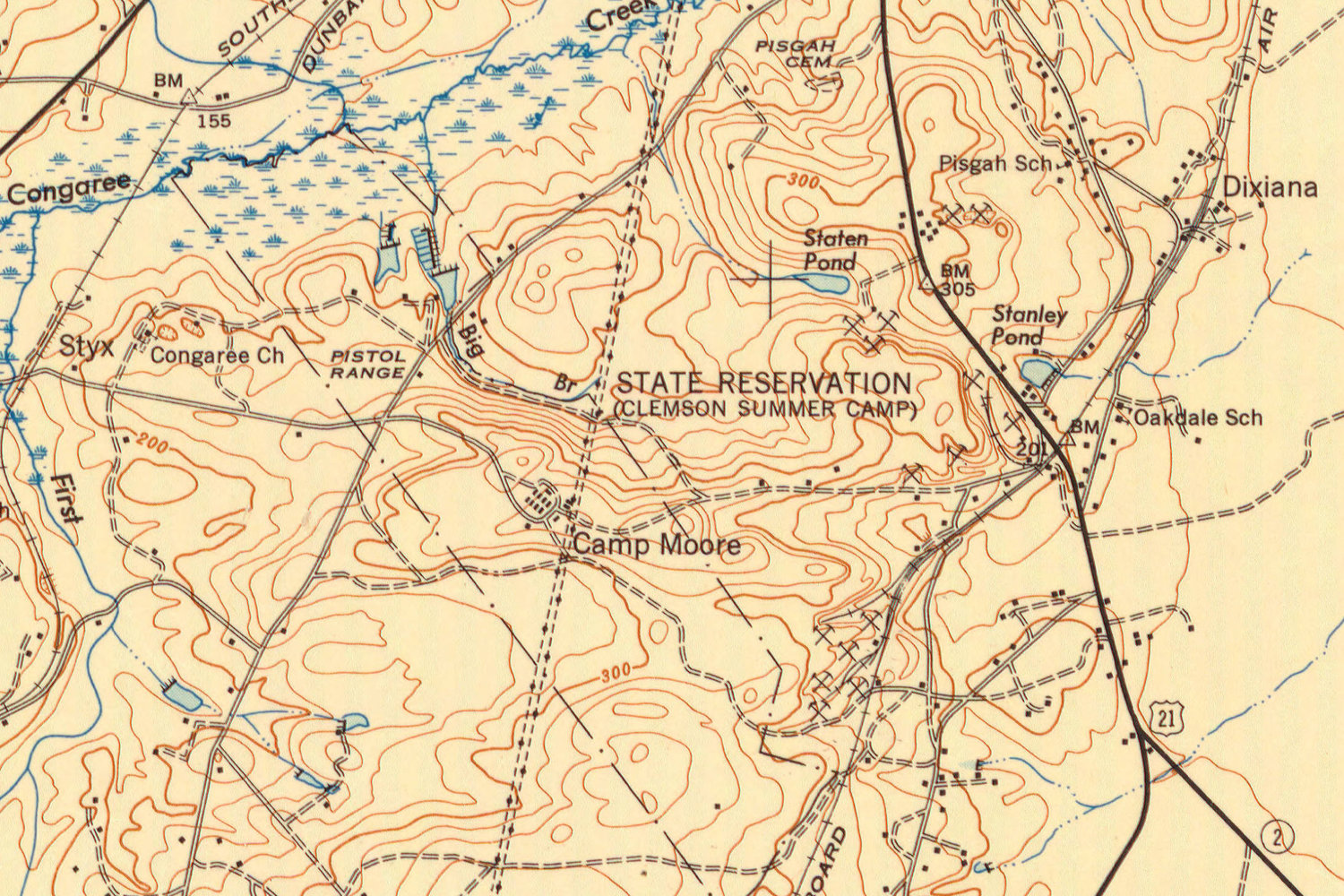The History of Pine Ridge
The area that now comprises the town of Pine Ridge was somewhat sparsely settled in the 18th and 19th centuries despite being somewhat close to the Platt Springs.
This item is available in full to subscribers.
Subscribe to continue reading. Already a subscriber? Sign in
Get 50% of all subscriptions for a limited time. Subscribe today.
Please log in to continueNeed an account?
|
The History of Pine Ridge
The area that now comprises the town of Pine Ridge was somewhat sparsely settled in the 18th and 19th centuries despite being somewhat close to the Platt Springs.
The area received a boost when the Carolina Midland Railway (acquired by the Southern Railway in 1899) completed a railroad line connecting Cayce to the town of Perry in Aiken County. A railroad stop named Styx after the river in Hades was established near what would later become Pine Ridge. Legend has it that the daughter of the railroad manager was very interested in mythology, leading to her father naming many of the railroad stops on the line after mythological figures and locations (Thor, Styx, Pelion, etc.).
The area changed dramatically when a National Guard training camp was established at what would become Pine Ridge. The camp, called Camp Moore or Camp Styx, was established in 1913. In 1916, President Woodrow Wilson mobilized National Guard troops to help with fighting Mexican rebels during the Mexican Revolution. The 2nd South Carolina Infantry mobilized at Camp Moore and was sent to the Mexican border. The 1st Infantry Regiment, later known as the 118th, was based at Camp Moore. During World War I, the unit helped break through the Hindenburg line of defense in Europe.
During the Great Depression, Camp Moore was used by the National Youth Administration for camps for white and African-American young men and women during the late-1930s and early-1940s. The area grew somewhat and by the mid-20th century, residents grew concerned that they would be annexed into Cayce. To stop this from happening residents within a one mile radius of the intersection of Highways 103 and 73 decided to hold a vote on becoming their own municipality. The vote to incorporate, held on May 6, 1958, passed 51 to 4. The first mayor chosen was Robert L. Williams. The town’s proximity to major roads helped fuel growth as many people could easily get to Columbia.
J.R. Fennell has served as director of the Lexington County Museum since 2007. He holds a master’s degree in public history and a certificate of museum management from the University of South Carolina.
Other items that may interest you







Comments
No comments on this item Please log in to comment by clicking here